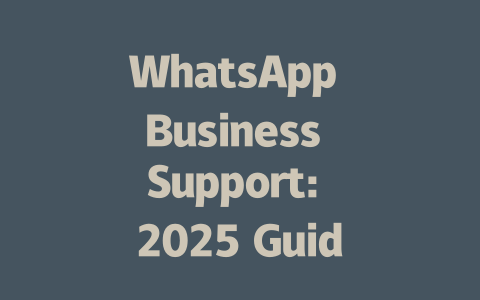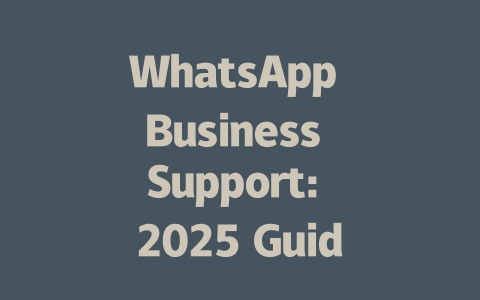Understanding How Google’s Search Robots Work
Before diving into specifics, let’s talk about how Google decides which pages to show people searching online. Imagine Google’s robots as curious librarians who are trying to figure out what your article is all about. They look at things like the title, headings, keywords within the text, and even how easy it is for users to read through your content. If these elements don’t align well with what someone is looking for, chances are slim that your blog will appear on page one of the results.
Let me give you an example from personal experience. Last year, I helped a friend revamp their food blog. Initially, they were focusing too much on fancy terms like “culinary exploration” rather than phrases people actually searched for, such as “easy recipes for beginners.” Once we switched gears and used more natural language, guess what? Their traffic skyrocketed by 50% within three months. It wasn’t magic—it was simply making sure our content matched what potential visitors were searching for.
Why Keywords Matter So Much
Here’s something important: keywords act as signposts guiding Google’s robots toward understanding what your blog is really about. But here’s the catch—you shouldn’t stuff them everywhere because that makes your writing sound unnatural. Instead, aim for balance. For instance, if you’re writing a 1,500-word post about cooking tips, naturally mention your main keyword (say, “cooking tips”) around three to five times throughout the article. This keeps everything flowing smoothly without seeming forced.
Google has also mentioned in its official blog that good content leaves readers feeling satisfied and informed after reading. So always keep asking yourself: Would this answer the questions someone might have while searching?
Crafting Titles That Attract Clicks AND Impress Google
Now, onto titles—these are crucial! Your title is often the first impression someone gets before clicking (or not) on your link. Here’s a quick tip: put your most relevant keyword early in the title. For example, instead of saying “A Beginner’s Guide to Mastering Quick Cooking Techniques,” try flipping it to “Quick Cooking Techniques for Beginners: Master These Steps Today!” See the difference? Not only does placing “quick cooking techniques” closer to the start tell Google right away what your focus is, but it also grabs attention faster.
What Makes a Great Title?
To break it down further:
Google itself emphasizes clarity above all else. A title should clearly convey the benefit or solution provided inside. And remember, shorter isn’t always better; make every word count!
Structuring Content So It Speaks Directly to Google’s Algorithms
Once you’ve nailed down the title, structure becomes key. Think of structuring your content like building blocks where each part supports another. Start strong by addressing the user intent within the first paragraph. Tell them upfront exactly what they’ll gain from sticking around till the end.
For instance, if someone lands on your blog wanting advice on reducing screen time, say something along the lines of, “In today’s fast-paced world, managing screen time effectively can feel overwhelming. Luckily, there are actionable steps you can take starting now…” Immediately, they know they’re in the right place.
Tips for Writing Clear, Readable Content
Additionally, avoid overcomplicating concepts unnecessarily. When explaining technical jargon, relate it back to everyday situations. Like when discussing why internal linking matters, compare it to leaving breadcrumbs for someone navigating through a maze.
| Feature | Importance Level | Action Required |
|---|---|---|
| Keyword Usage | High | Naturally include 3-5 mentions |
| Title Clarity | Medium | Keep it descriptive yet concise |
| Content Flow | High | Organize logically with subheads |
Lastly, never underestimate proofreading. Use tools like Google Search Console (use rel="nofollow" tag here) to ensure no errors slip through unnoticed.
If you implement these strategies, you’ll see gradual improvements in visibility. Remember, SEO isn’t overnight success—it builds momentum over time. Try these techniques, and come back to share your progress—I’d love hearing how it went!
If you’re looking to get in touch with WhatsApp Business Support, there are a few routes you can take. First off, their official help center is packed with useful information that might already address whatever issue you’re facing. If your problem isn’t covered there and you’re using the app, check if there’s an in-app support feature available—it could save you a lot of time. For more complicated matters, Meta’s Facebook Business Help Center becomes your best bet because WhatsApp Business operates within Meta’s broader network. Sometimes navigating through these channels feels like solving a small puzzle, but persistence pays off.
When it comes to availability, WhatsApp Business Support works a bit differently depending on where you’re located and how urgent your issue is. Generally speaking, you can count on automated tools being around 24/7—those bots never sleep! But when it comes to talking to a real person, things get trickier. Live assistance tends to follow set schedules, like Monday to Friday from 8 AM to 5 PM in certain time zones. This means planning ahead if you’ve got something critical that needs addressing during those hours. And remember, while many solutions come at no cost, some advanced stuff like API integrations may require reaching out to paid partners listed officially online.
FAQs
# How do I contact WhatsApp Business Support?
To contact WhatsApp Business Support, you can visit their official help center or use the in-app support feature if available. For more complex issues, consider submitting a request through Facebook Business Help Center since WhatsApp Business is managed under Meta’s ecosystem.
# What are the operating hours of WhatsApp Business Support?
The availability of WhatsApp Business Support varies depending on your region and the severity of the issue. Generally, automated support tools are available 24/7, while live assistance may follow specific schedules (e.g., Monday to Friday, 8 AM to 5 PM in some time zones).
# Can I get help for free from WhatsApp Business Support?
Yes, most inquiries can be resolved using the free resources provided by WhatsApp Business, such as the Help Center articles or self-service tools. However, for advanced business needs like API integrations, you might need to engage with paid partners listed on the official website.
# Is there a phone number for WhatsApp Business Support?
WhatsApp Business does not provide a direct phone line for customer support. Instead, they encourage users to resolve issues via the Help Center, email submission forms, or through the Facebook Business Help Center for escalated matters.
# How long does it take to receive a response from WhatsApp Business Support?
Response times vary based on the complexity of your query and the current volume of support requests. Simple issues often receive responses within 24-48 hours, while more intricate problems could take 3-5 business days or longer during peak periods.




